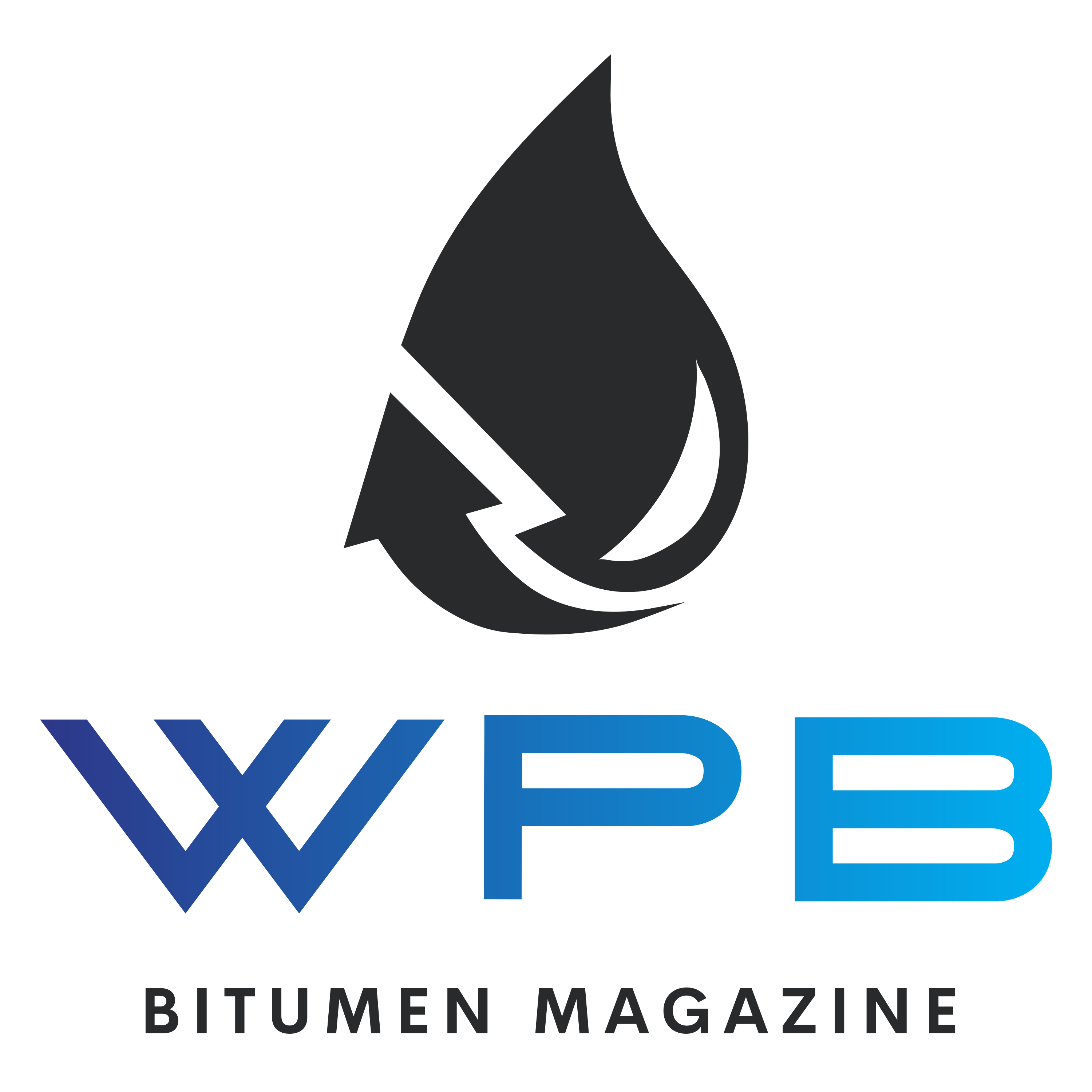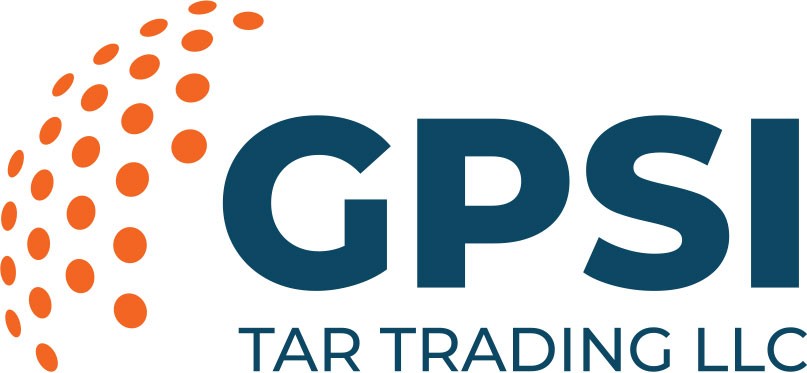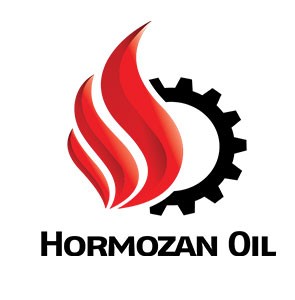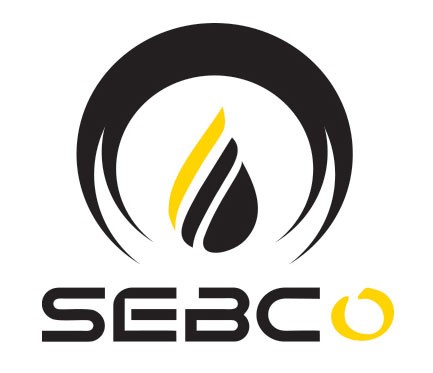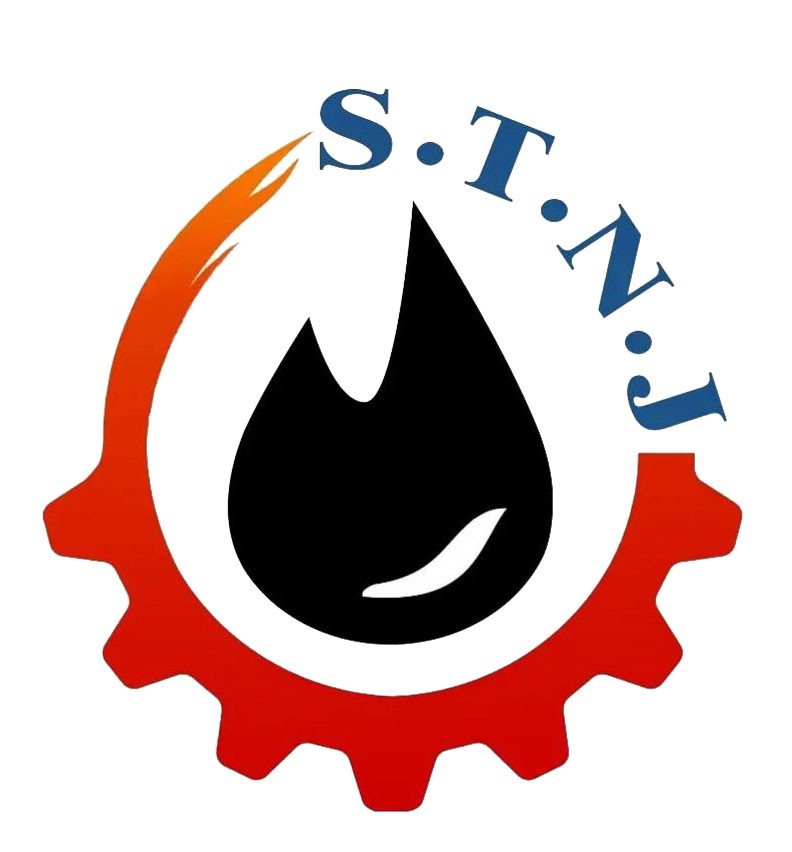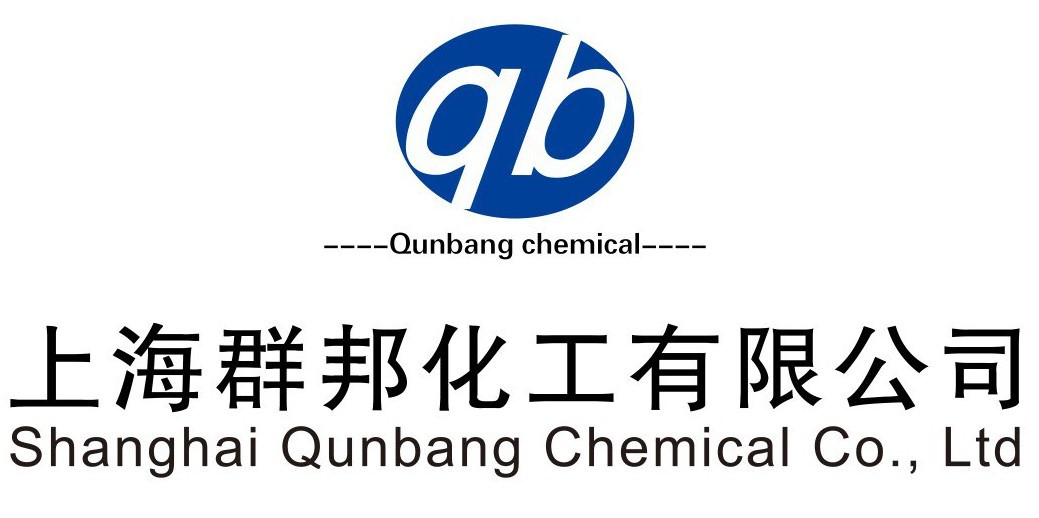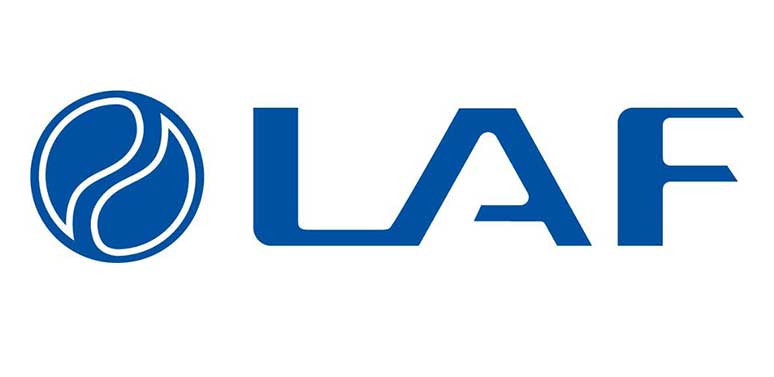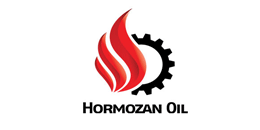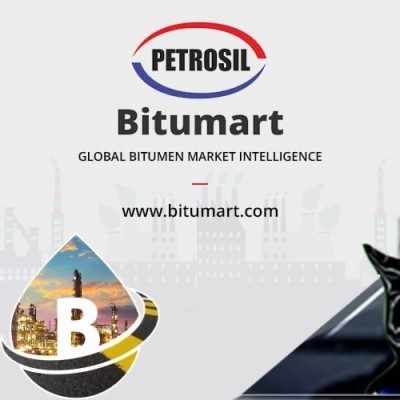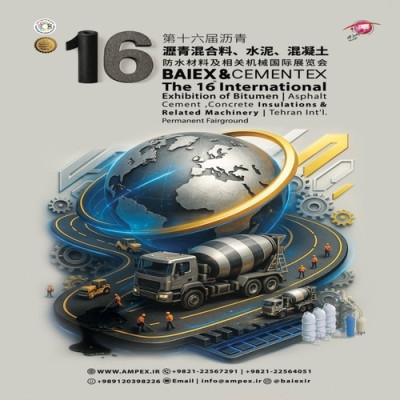WPB: The U.S. government has ramped up its pressure campaign against Iran’s oil exports under the Trump Administration, tightening sanctions in an effort to disrupt crude flows to China, Iran’s largest oil customer. Despite these intensified restrictions, Iranian crude continues to reach Chinese buyers as traders and intermediaries adjust supply routes, increasing ship-to-ship transfers—particularly off the coast of Malaysia, according to vessel-tracking analysts.
Although recent U.S. sanctions have complicated trade by reducing the number of available tankers that are not blacklisted, Iranian oil exports to China have maintained a steady pace in recent months. China remains the primary destination for Iranian crude, a trend that has persisted since 2018, when former President Donald Trump withdrew from the Iranian nuclear agreement and reinstated sanctions.
Independent Chinese refineries have played a key role in purchasing Iranian crude, benefiting from deep discounts. This trade dynamic is mutually advantageous: Iran secures a market for its oil, which many other buyers avoid due to sanctions, while Chinese refiners gain access to inexpensive crude.
As part of the renewed “maximum pressure” campaign, President Trump instructed the Secretary of State to execute an aggressive strategy—working alongside the Treasury and other agencies—to bring Iran’s oil exports, including shipments to China, down to zero. However, Beijing does not acknowledge U.S. sanctions and continues to devise alternative methods to sustain imports.
Efforts to bypass restrictions have been particularly evident in February, when China’s independent oil terminals at ports outside Shandong—including Dalian, Shanghai, Zhoushan, and Huizhou—started accepting sanctioned oil, including shipments delivered by blacklisted tankers, according to Emma Li, a senior market analyst at Vortexa. Iranian oil that was stranded offshore has been redirected to Shandong, the primary hub for China’s independent refiners, often via ship-to-ship transfers.
Additionally, at least eight supertankers—either recently added to the so-called “dark fleet” or previously inactive—have emerged to facilitate transfers between Malaysia and China, according to Vortexa’s data. This maneuvering allowed China’s Iranian crude imports to bounce back in February, with shipments to Shandong exceeding the 2024 average, reaching approximately 1.1 million barrels per day (bpd) from February 1 to 20.
Looking ahead, analysts note that the growing number of U.S.-sanctioned oil tankers is limiting Iran’s ability to transport crude. Tehran is now facing increased competition from Russia and Venezuela for vessels that have not yet been blacklisted by the U.S. Treasury. Although China has successfully adjusted to the early-February restrictions, Washington responded by sanctioning additional tankers and traders later that month, vowing to intensify efforts to block Iranian oil trade.
“The U.S. will leverage every available tool to target all components of Iran’s oil supply chain. Anyone engaging in transactions involving Iranian crude risks severe sanctions,” Treasury Secretary Scott Bessent stated.
Despite these measures, Iranian oil exports have not plummeted, as traders continue to seek alternative shipping methods, including more ship-to-ship transfers. Complete elimination of Iranian oil sales remains unlikely.
“There will always be some level of circumvention with any sanction regime,” said Ja Ian Chong, a political science professor at the National University of Singapore. He explained that sanctions typically aim to make trade so financially unfeasible that buyers and sellers are forced to shift their behavior. However, achieving “zero Iranian oil exports” is not a realistic expectation.
Nonetheless, the Trump Administration remains committed to aggressively reducing Iran’s crude exports—currently estimated at 1.5 to 1.6 million bpd—by tightening restrictions on financial networks and regional entities that facilitate Iran’s oil trade and revenue collection.
“We will sever Iran’s access to the global financial system by targeting regional actors that assist in transferring its oil revenues,” Bessent declared. “Our objective is to dismantle Iran’s oil industry and its drone production capabilities.”
By WPB
Oil, Petroleum, Sanctions
